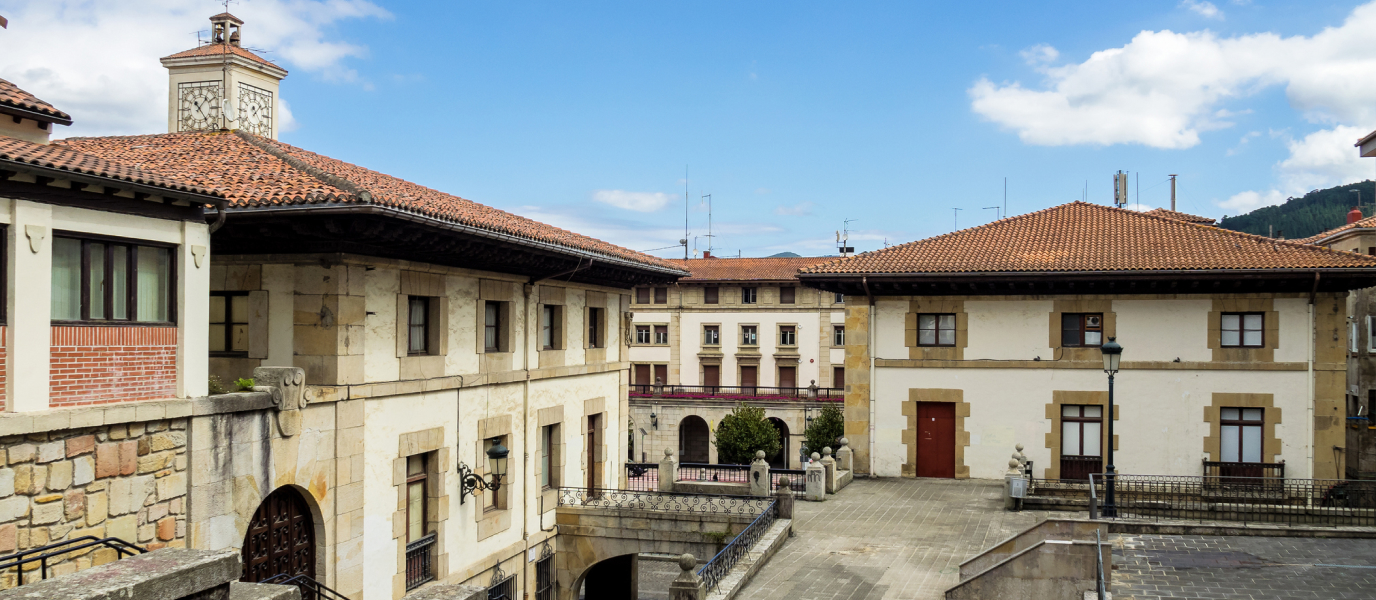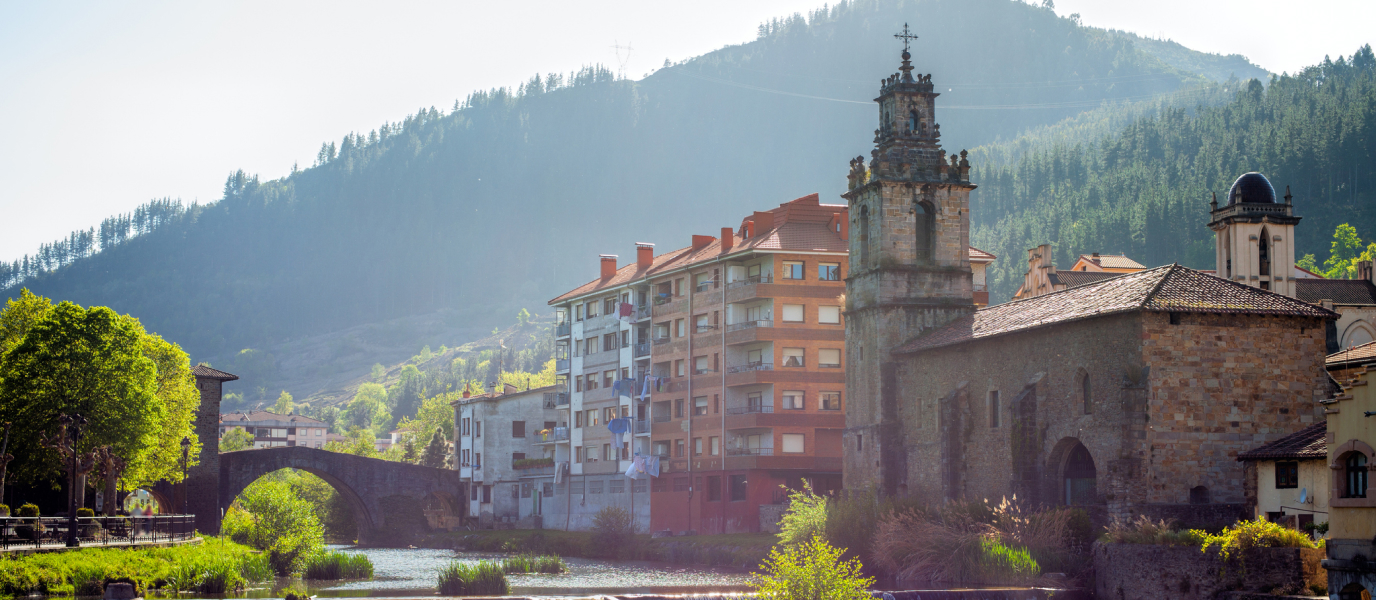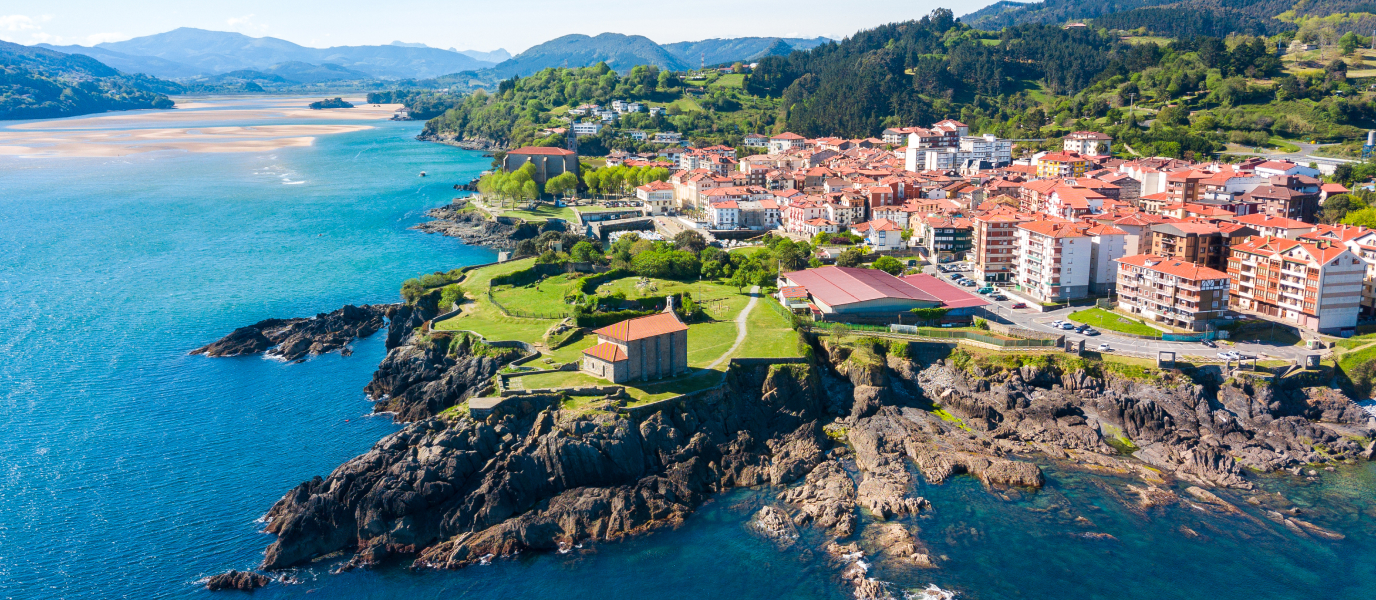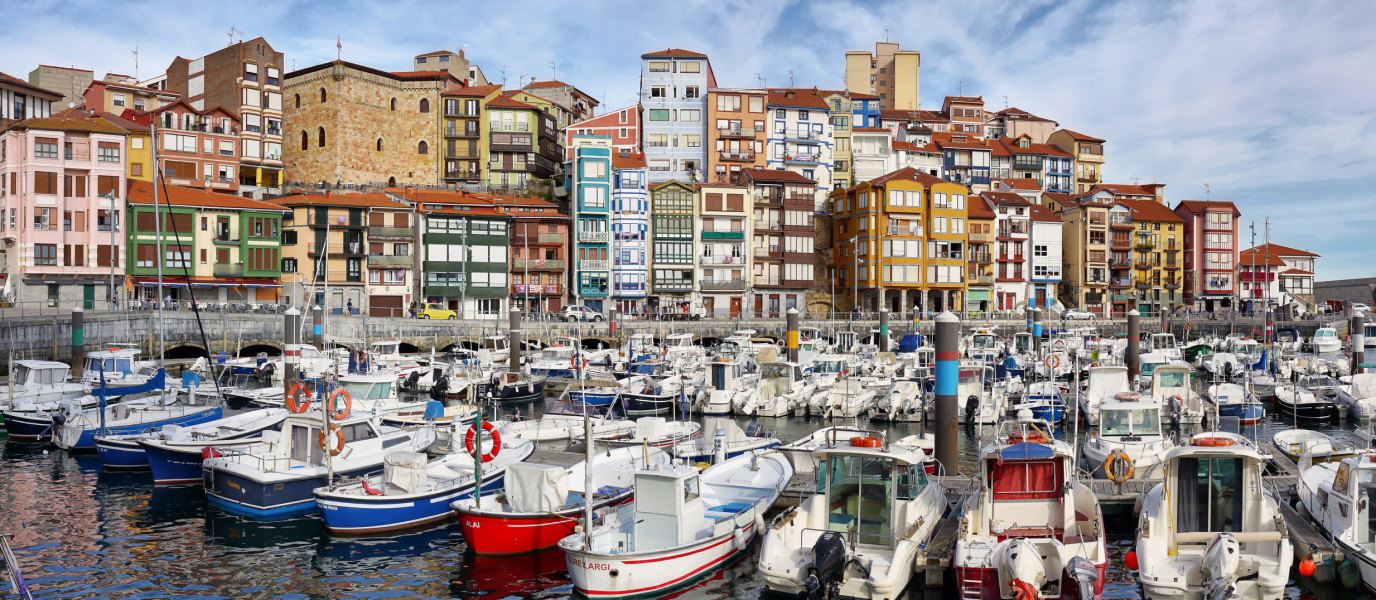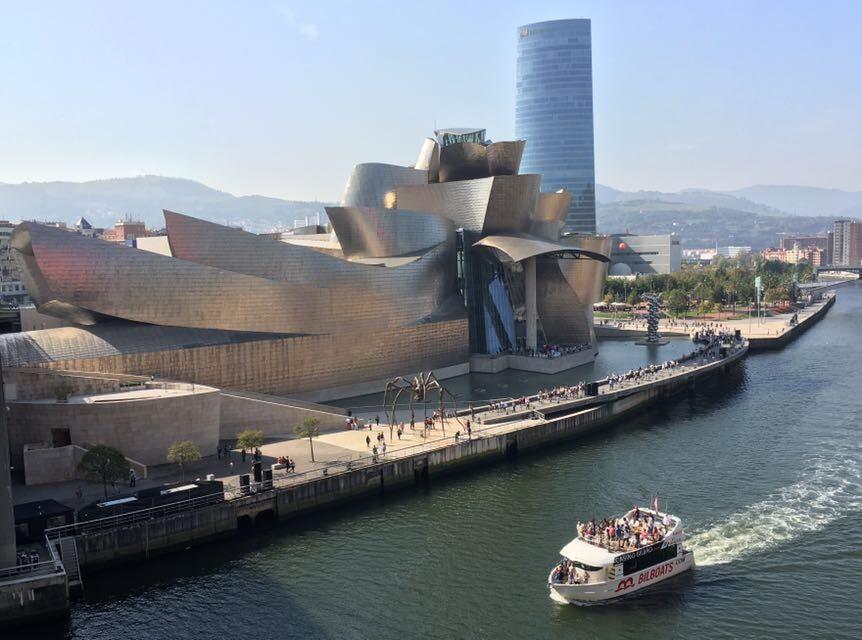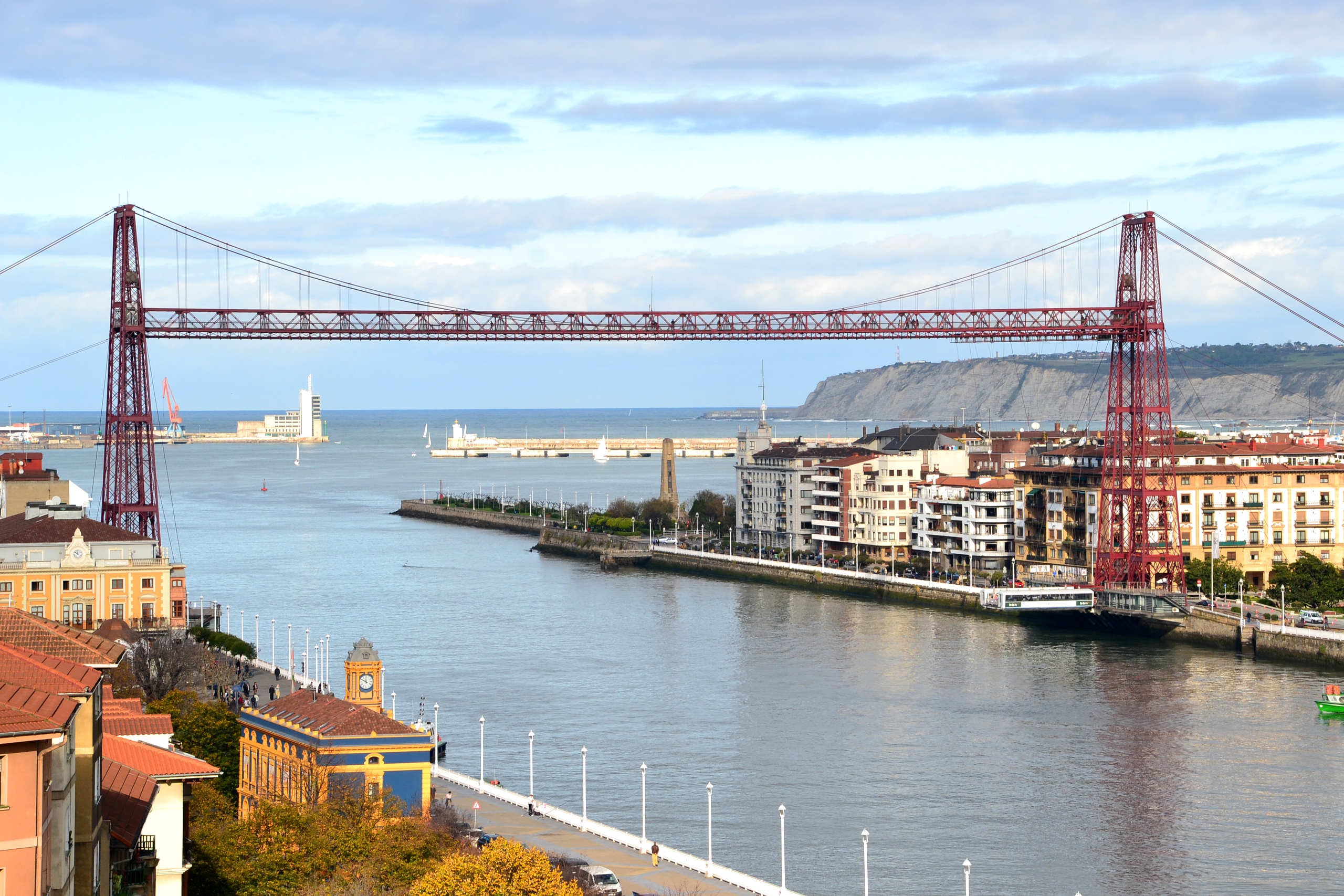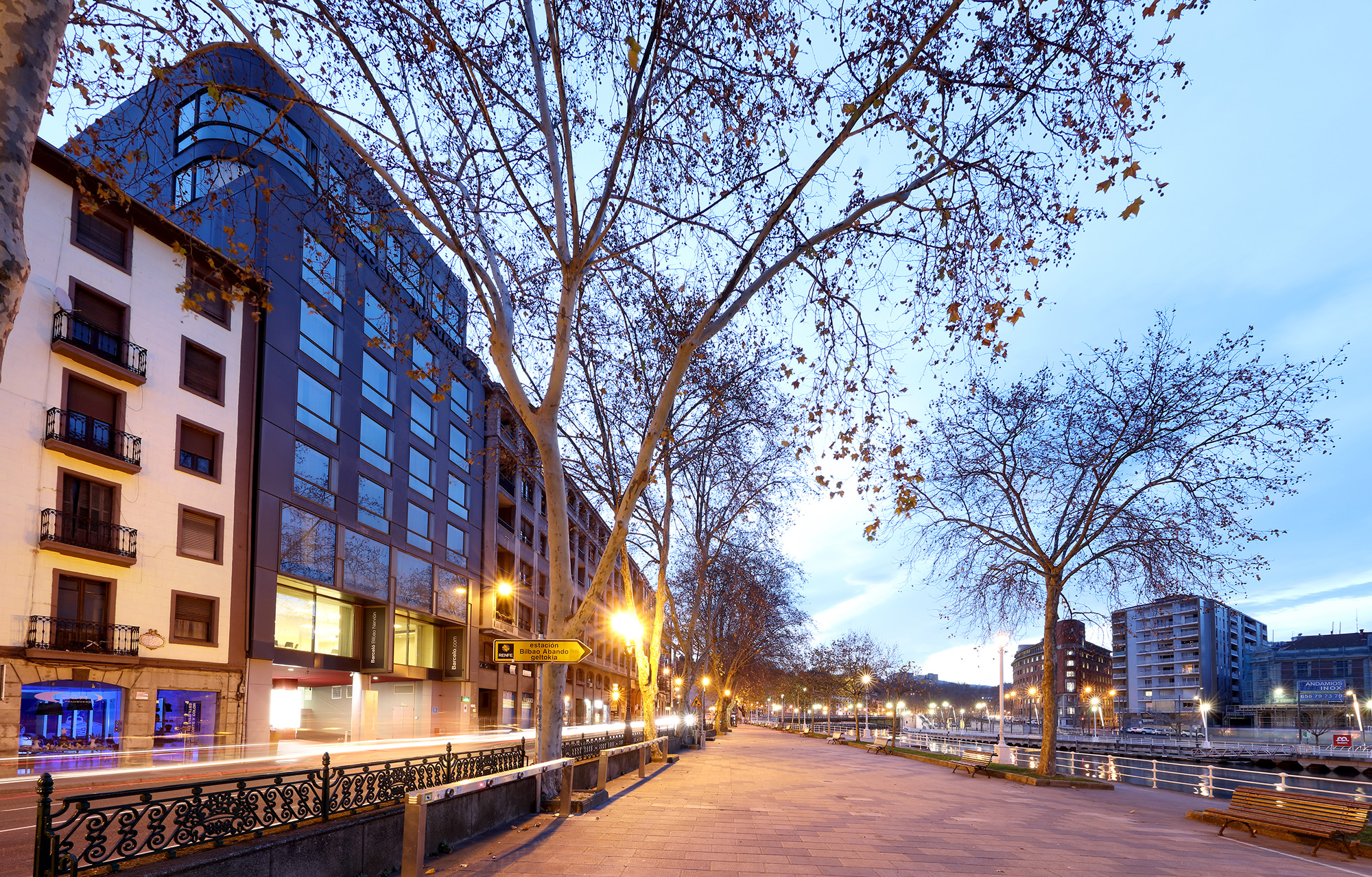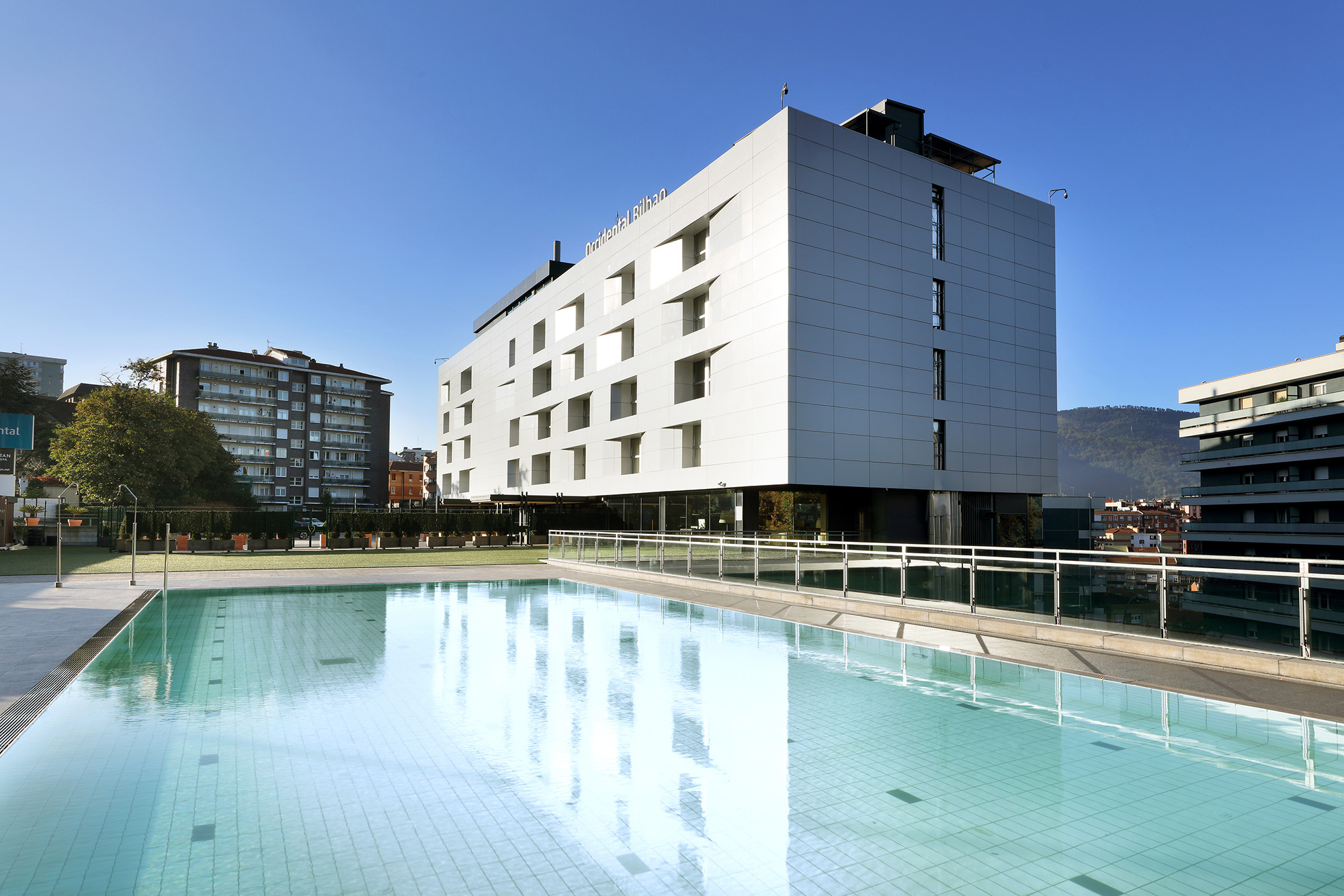Monday 26 April 1937, the day the bombs fell, was market day in Gernika. The town square was not as busy as usual when the alarms sounded at around four in the afternoon, as the weekly event had been cancelled at midday due to the proximity of the enemy. A joint aerial bombardment by the German and Italian air forces, allies of Franco in the Civil War, would destroy 90% of the town—a bastion of Republican resistance and the centre of Basque culture—and hundreds of people would die. However, what perhaps would have seemed like the end has been nothing of the sort and today that jovial market still takes place every Monday in Gernika, which is no longer a symbol of death, but of hope and life.
Gernika: the cradle of the Basque people and a universal symbol of peace thanks to Picasso
The town—officially known as Gernika-Lumo—whose population at the time stood at 5,000 and now exceeds 16,000, rose from its ashes. It had to be rebuilt from scratch, but one of the few buildings that survived the aerial bombing is its most emblematic: the Casa de Juntas, the historical centre and home of the political liberties of Basque people, as beautifully depicted on the ceiling of the Sala de la Vidriera hall. Alongside the building, built in 1826 and the current seat of the Juntas Generales of Biscay (representative assemblies), is the famous Tree of Gernika, under whose branches, in the fourteenth century, the Lords of Biscay established the fueros (regional common law) that have supplied the Basque Country with extensive autonomy up until the present day. Although the current Tree of Gernika was planted in 2015, in the gardens of the Casa de Juntas its predecessor, planted in 1742, can still be viewed, having also survived the bombardment.
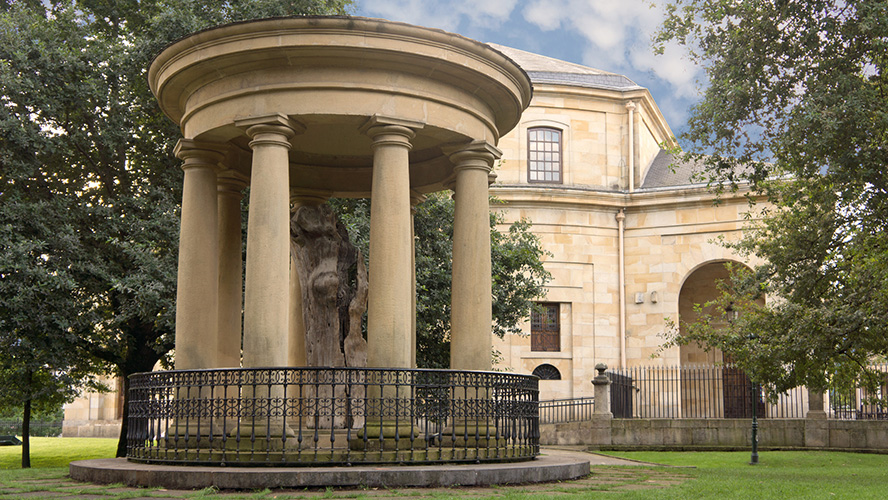
On Calle Pedro de Elejalde, in front of the town’s outpatient clinic, is a life-size ceramic replica of Guernica, the universally renowned painting by Pablo Picasso (the original is exhibited in the Museo Reina Sofía in Madrid), who was inspired by the tragic bombing to create this icon of the twentieth century in opposition to the barbarity of war. If Gernika is in itself a reminder of dark times that should never recur, everyone will be convinced of their own pacifism after visiting the Gernika Peace Museum, situated on Plaza de Los Fueros, next to the City Council building. Inaugurated in 2003 and designed as an interactive museum, it offers a photographic and audiovisual journey through the tragic event seen through the eyewitness accounts of survivors of the attack.
Those who wish to learn more about the history of the event can also visit the Astra air raid shelter, one of the various shelters that protected residents during the bombardment—many others took refuge in the nearby mountains—and which was recently restored for tourist visits.
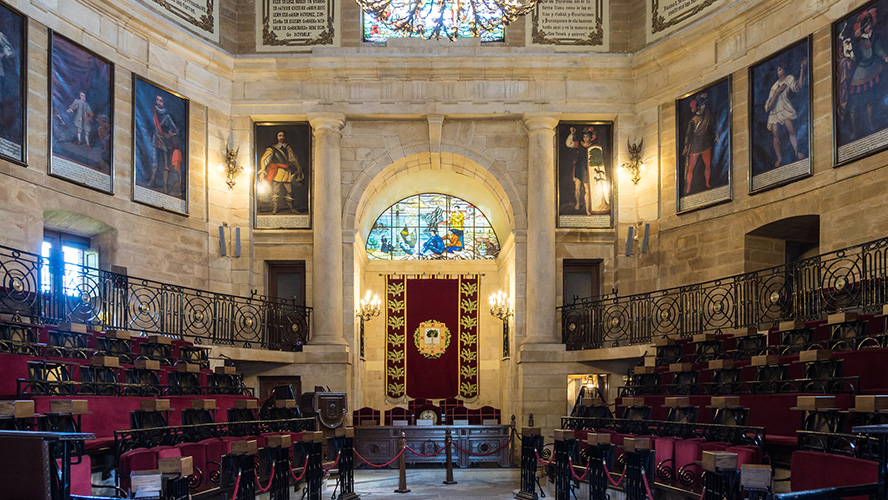
Tracing the footsteps of Euskal Herria
Alegría Palace, a beautiful Baroque building that also survived the bombs, has housed since 1991 the Euskal Herria Museum, an ethnographic centre that examines the history, culture and folklore of the Basque Country. Across four floors it explores everything from how the geography of the region has determined the Basque way of life, to the main historical events that have defined this thousand-year-old community, home to Europe’s oldest language. The upper floors of the museum are dedicated to Basque folklore, paying special attention to its sports, music, dances, beliefs and mythology.
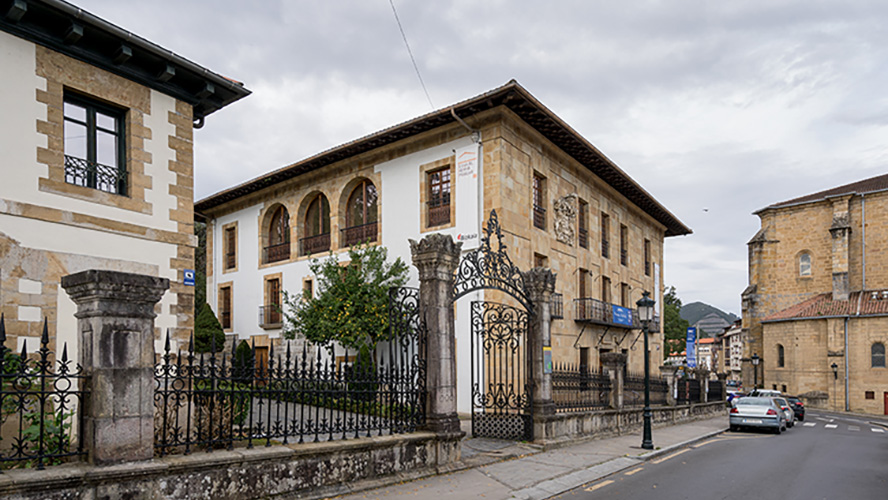
Behind the museum and the Casa de Juntas is the Pueblos de Europa park, a green haven of peace that is perfect for contemplating one of Europe’s most symbolic cities. Dominated by a lovely lake and replete with beech, oak and holm oak trees, the park is also home to two famous sculptures: Large Figure in a Shelter by the British artist Henry Moore, and, above all, Gure Aitaren Etxea, by the great artist and San Sebastian native, Eduardo Chillida. This symbol of peace, which translates as Our Father’s House, was commissioned by the Basque Government to commemorate the 50th anniversary of the bombing and to establish a silent dialogue with the Tree of Gernika, which stands some 200 metres away. An enormous gaping hole in the middle of its thick concrete walls acts as a window from which one can see the mythical tree, a symbol of the past and the future of Euskal Herria, the name given to the Basque people’s spiritual home.




































































